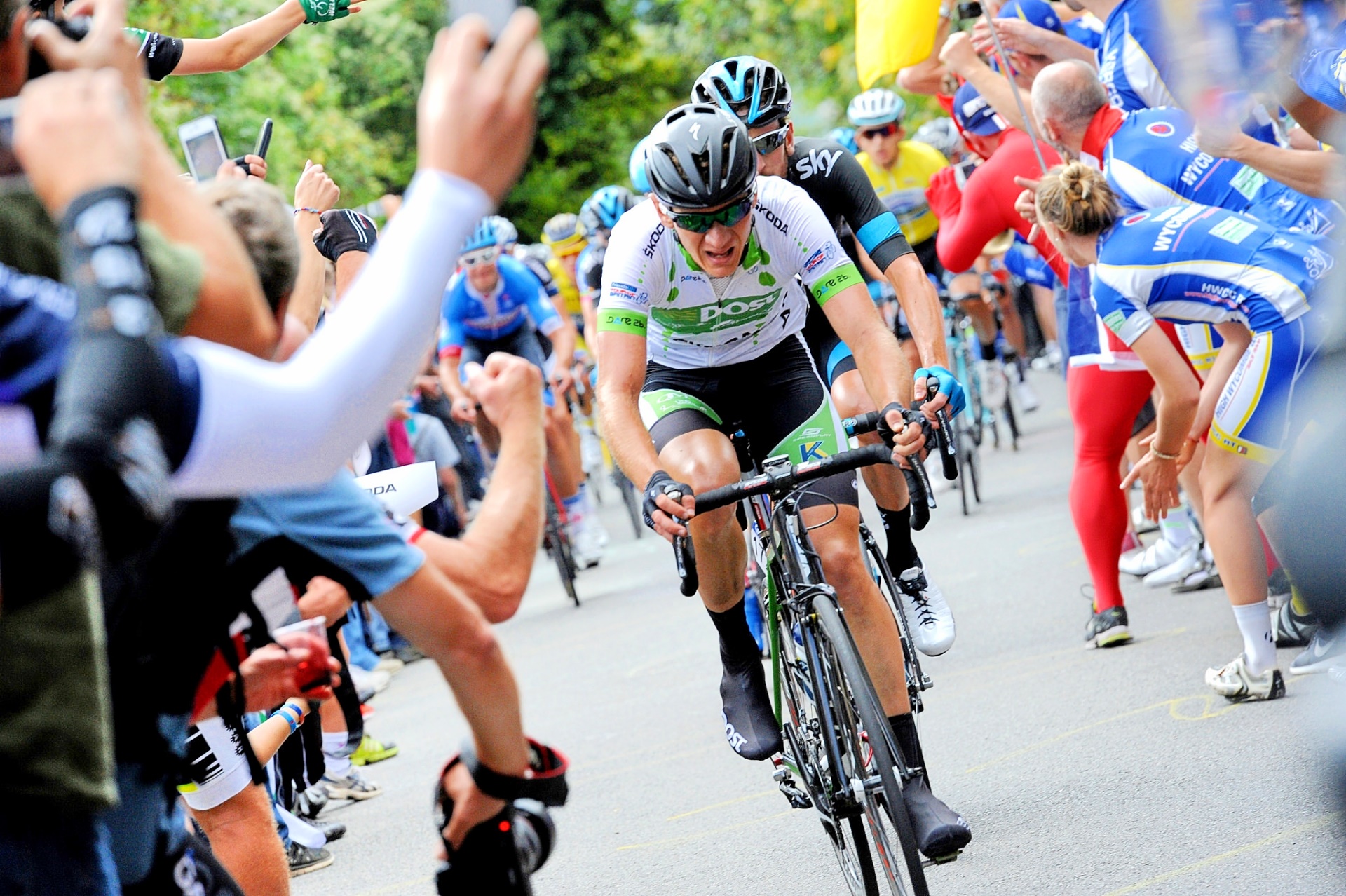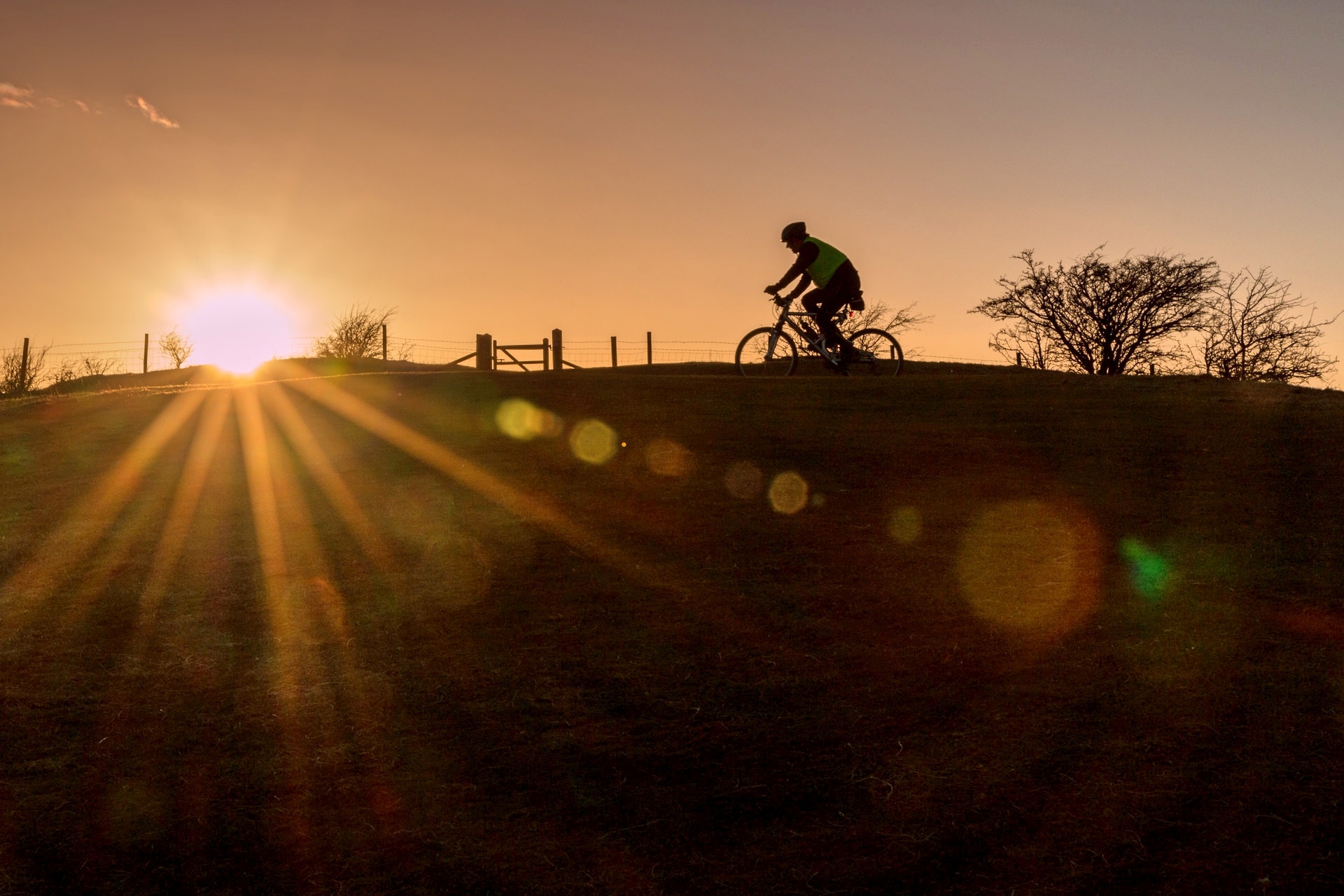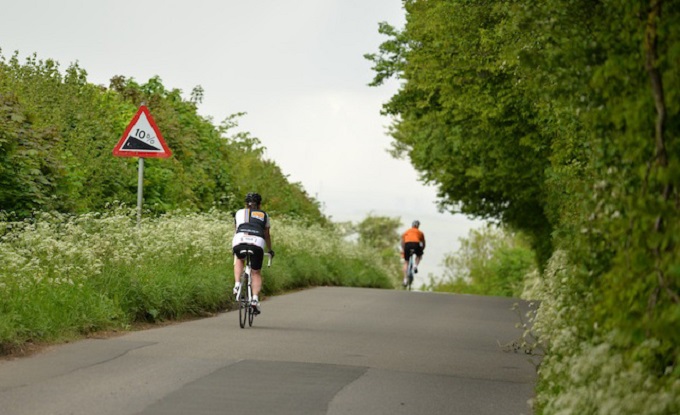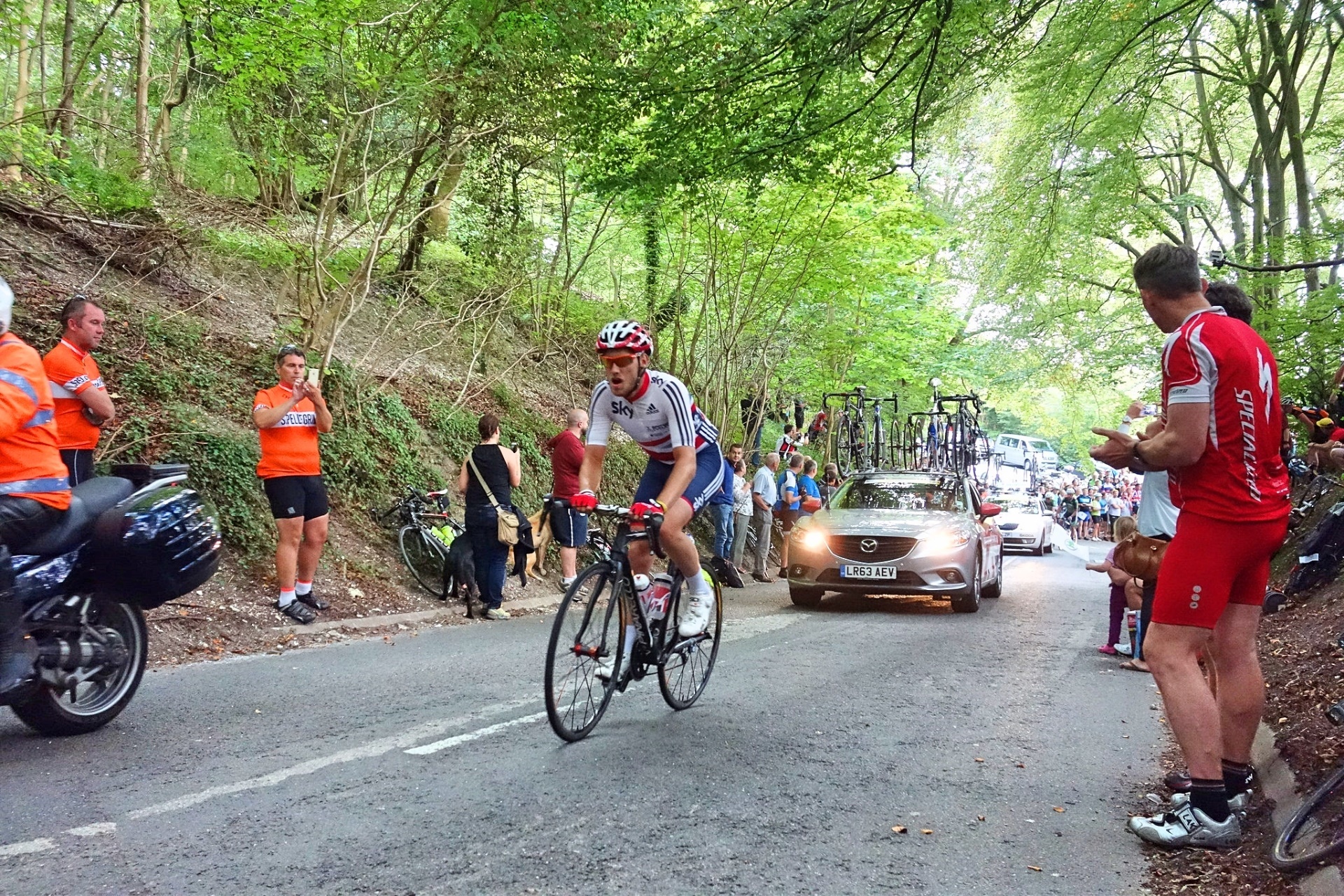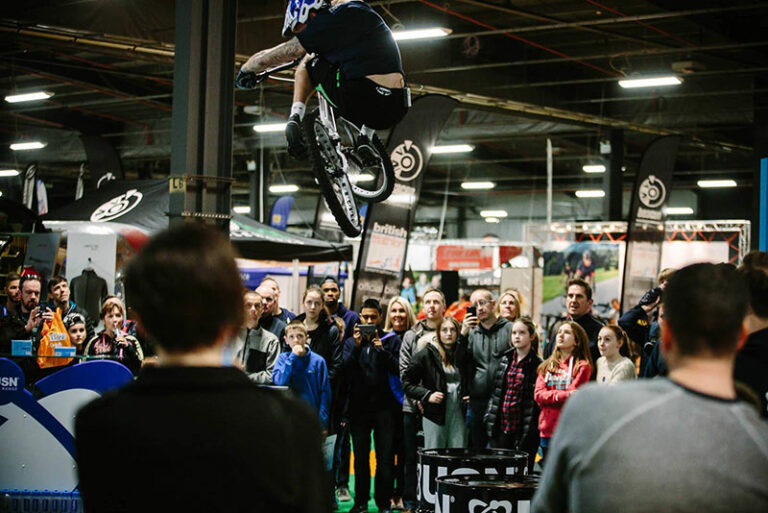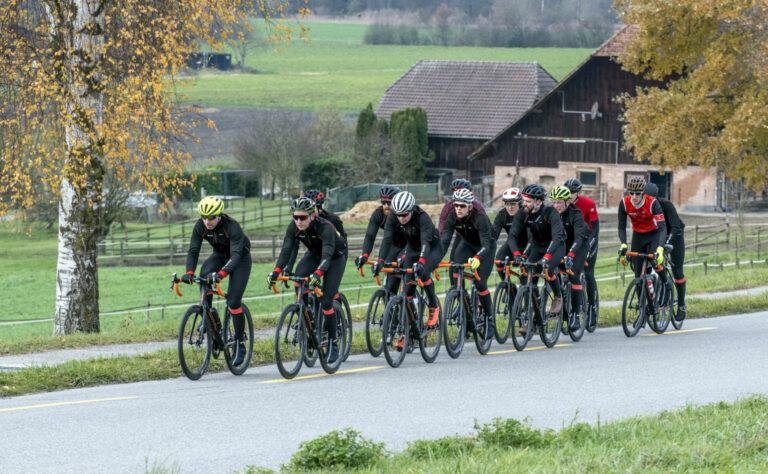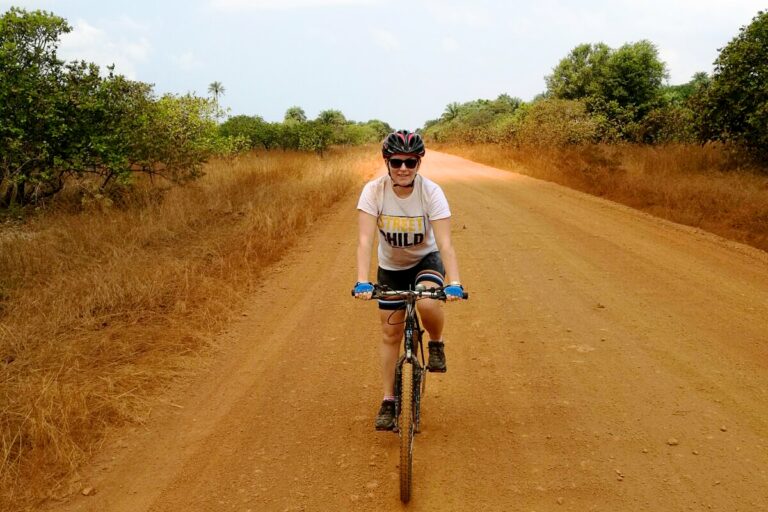Riding in an area of natural beauty has clear positive points, from the picturesque backdrops to the commonly secluded nature of the roads – ideal for cycling.
They can also offer some of the most challenging terrain available to cyclists, and the Chilterns has its fair share of tough climbs to tackle. These are climbs typical of the UK – short and often steep.
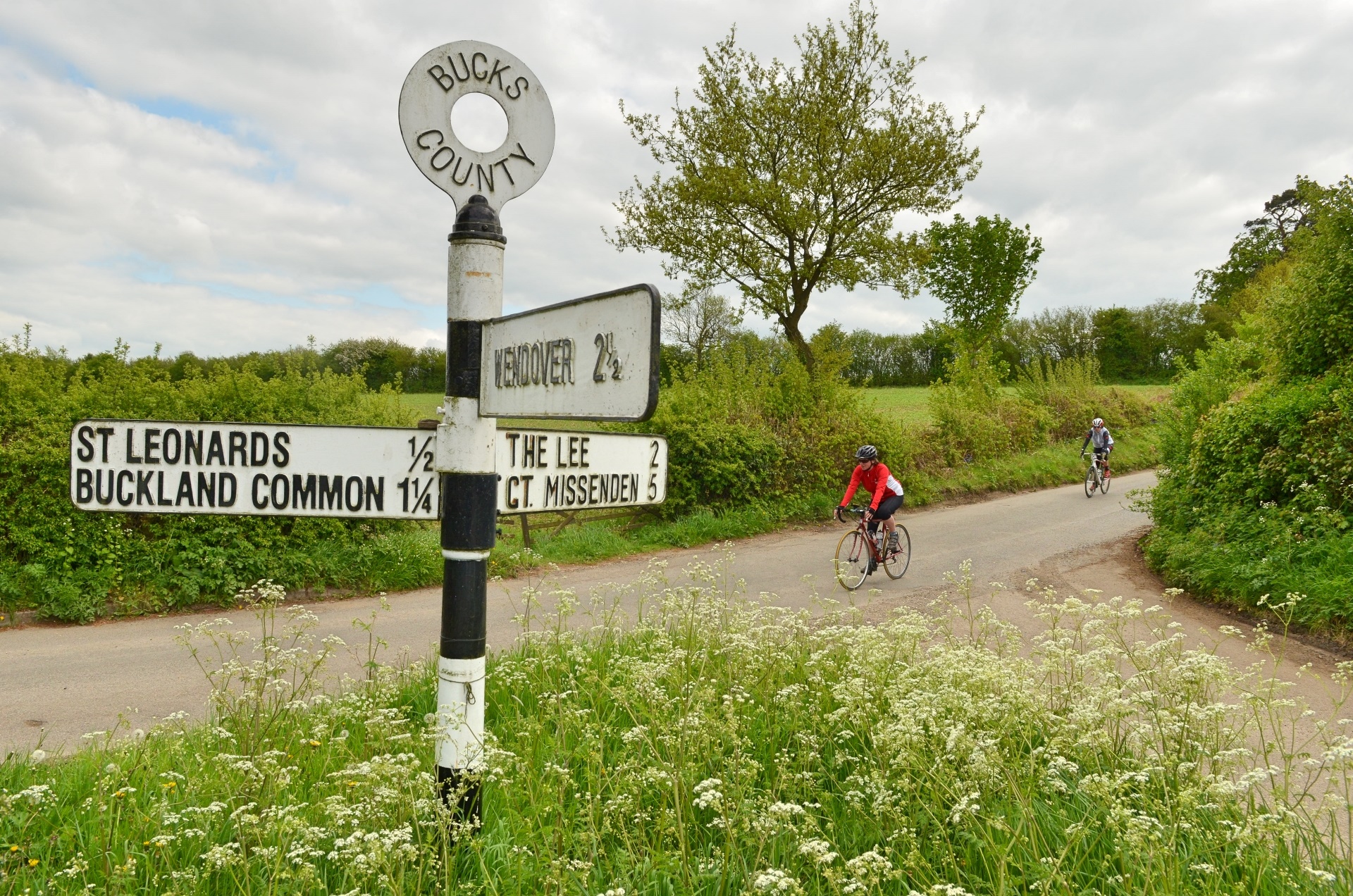
Situated to the northwest flank of London, it’s close to RCUK’s base, so is a popular destination for some weekend riding with many of the climbs attainable in just one ride as you skirt up and down the steep ridge.
Here’s our pick of the toughest on offer – or if you want to check out the best climbs in other parts of the UK, browse through the links below.
[series]

